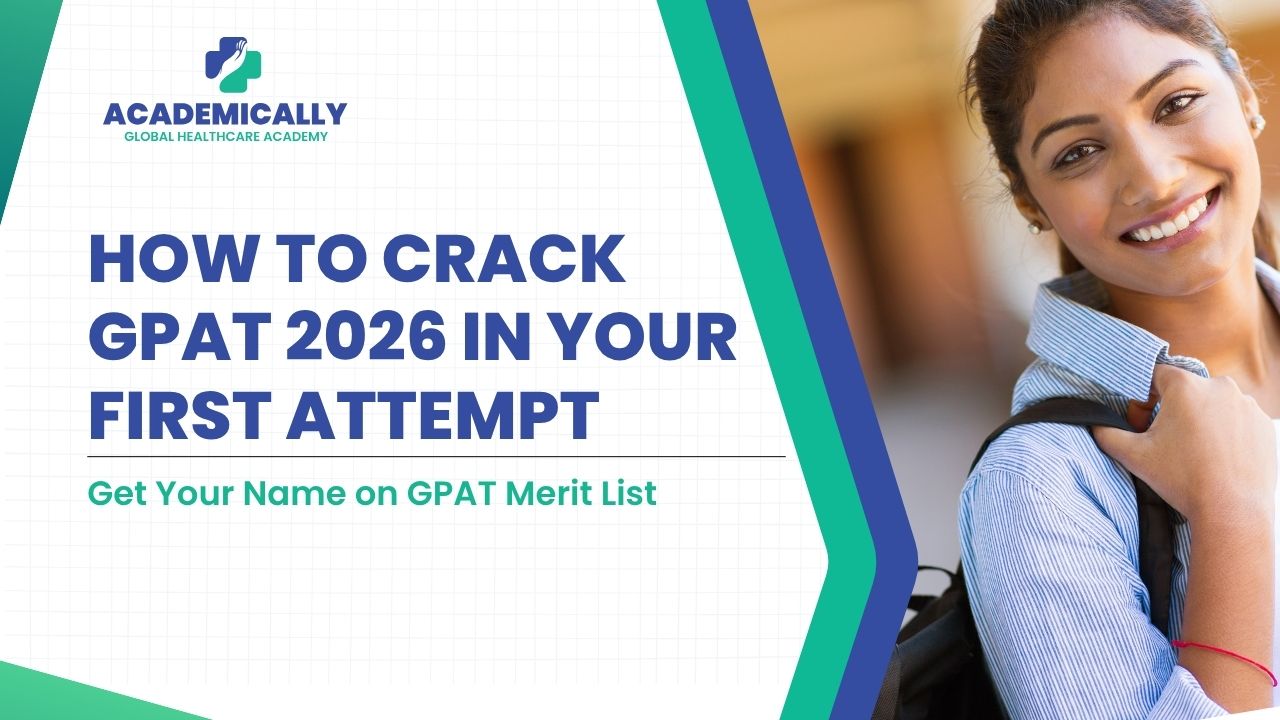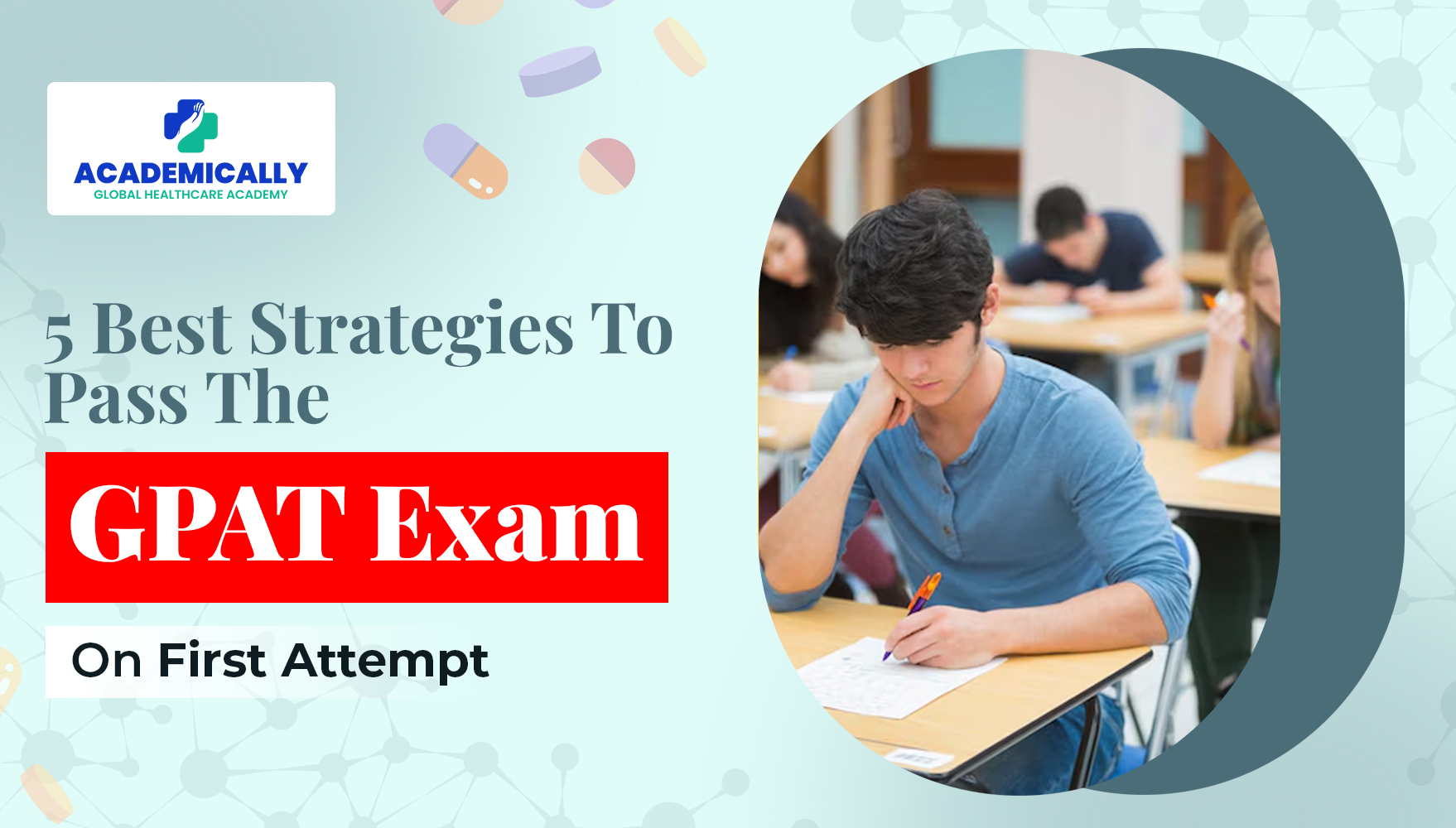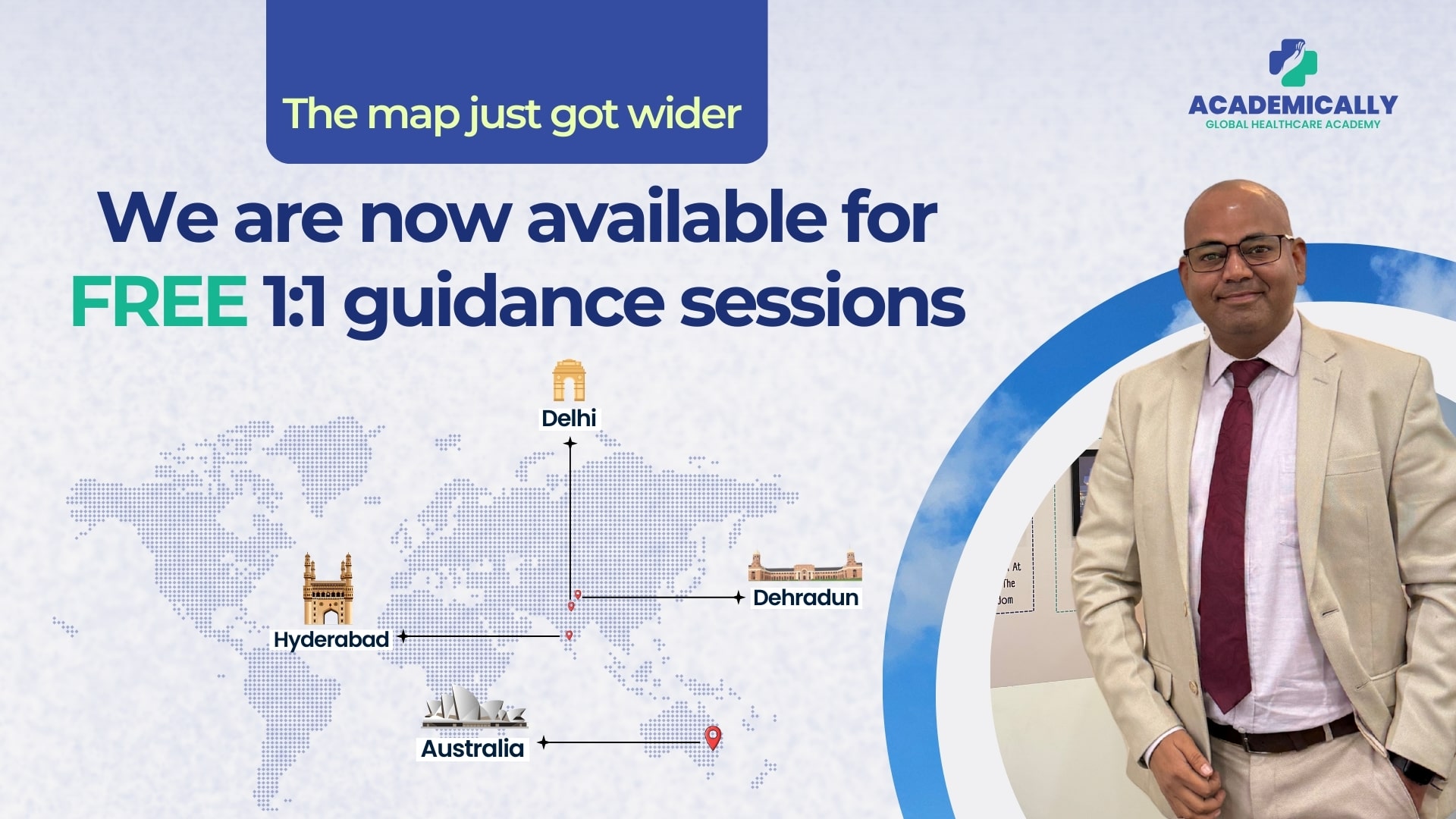Did you know that in 2025, approximately 62,275 students took the GPAT exam? That’s a humongous number considering the student population of our country. It is quite reasonable that even more students across India will be eyeing the GPAT 2026 to secure a spot in the country’s top MPharm colleges.
But here’s the harsh truth - most of them won’t make it through on their first try. Not because they’re not smart. But because they didn’t plan right. But hey, you! You're here early. That already puts you miles ahead of the curve. In this blog, we’ll walk you through a foolproof strategy that helped hundreds of BPharm students crack GPAT in their first attempt. Let’s get to work.
GPAT 2026 Exam Timeline: What You Need to Know (Without Scratching Your Head)
If you're the kind of student who waits until the last minute to check deadlines, here's your friendly nudge: mark these dates now or just use your sticky notes to bookmark these:
Tentative GPAT 2026 Schedule:
| Event | Expected Date |
| Notification Release | 4th Week of February 2026 |
| Registration Begins | 1st Week of April 2026 |
| Last Date to Apply | 3rd Week of April 2026 |
| Application Correction Window | 4th Week of April 2026 |
| Final Image Correction | 2nd Week of May 2026 |
| Admit Card Available | 3rd Week of May 2026 |
| Exam Date | 4th Week of May 2026 |
| Result Declaration | 4th Week of June 2026 |
Quick Tip: Don’t wait till the last date to apply. Technical glitches love deadlines, and you don’t want your application to get stuck over something as small as an image upload error.
GPAT Exam Pattern – Important to Know for Optimal Preparation
It is important to know the amount of time you’ll get to complete your paper. Especially for the fact that it is going to help you manage time effectively. Here’s what the paper looks like:
- Total Questions: 125
- Total Marks: 500
- Duration: 3 Hours
- Mode: Computer-Based Test (CBT)
- Language: English only
- Question Type: Objective (MCQs)
Marking Scheme:
- +4 marks for every right answer
- -1 mark for every wrong answer
- No penalty for skipping a question
Now, let’s discuss how those 125 questions are distributed.
| Section | No. of Questions | Total Marks |
| Pharmaceutical Chemistry | 38 | 152 |
| Pharmaceutics | 38 | 152 |
| Pharmacology | 28 | 112 |
| Pharmacognosy | 10 | 40 |
| Miscellaneous BPharm Subjects | 11 | 44 |
What does it mean for GPAT aspirants 2026? It means 76 questions (over 60%) come from Pharmaceutical Chemistry and Pharmaceutics. These two are your make-or-break sections.
Food for thought:
“Should I guess if I don’t know the answer?”
No. Not unless you’ve at least eliminated two wrong options. GPAT’s negative marking is a bane for random guesses. But if you can narrow down your options to two, it will be easier for you to get the correct response.
GPAT 2026 Syllabus: Highlights of the Topics You Are Going to Prepare for
Do not wait for the last night to cover the entire syllabus. Rather, adopt a strategic approach to outline the key sections of the entire syllabus and cover the essential portions. Here’s a breakdown of the GPAT syllabus and some expert tips to help you through:
1. Pharmaceutical Chemistry
- Organic Chemistry (especially reaction mechanisms)
- Medicinal Chemistry
- Biochemistry
- Inorganic Chemistry
What kind of Questions students can expect in the exam?
Mechanisms of drug action, synthesis pathways, and SAR-based MCQs (Structure-Activity Relationship)
2. Pharmaceutics
- Dosage Forms (you have to master these)
- Novel Drug Delivery Systems
- Bioavailability and Bioequivalence
- Microencapsulation and Polymers
Is it a tricky section?
The paper might seem to have a little confusing options in drug delivery systems where there might be a close call. Hence, diagram things out while revising for better understanding.
3. Pharmacology
- Autacoids
- CNS, CVS, Endocrine Pharmacology
- Chemotherapy
- Toxicology
What to expect from this section?
It tests your conceptual clarity, meaning how well you understand the actions of drugs and its dosage, rather than how many names you can memorise.
4. Pharmacognosy
- Glycosides, Alkaloids, Tannins, Volatile Oils
- Plant Constituents
- Crude Drug Classification
Is this section equally important?
Often gets overlooked. But remember, it's 10 questions = 40 marks. That’s enough to shift your AIR by hundreds.
5. Miscellaneous Subjects
- Microbiology
- Jurisprudence
- Biopharmaceutics
- Physical Pharmacy
- Management
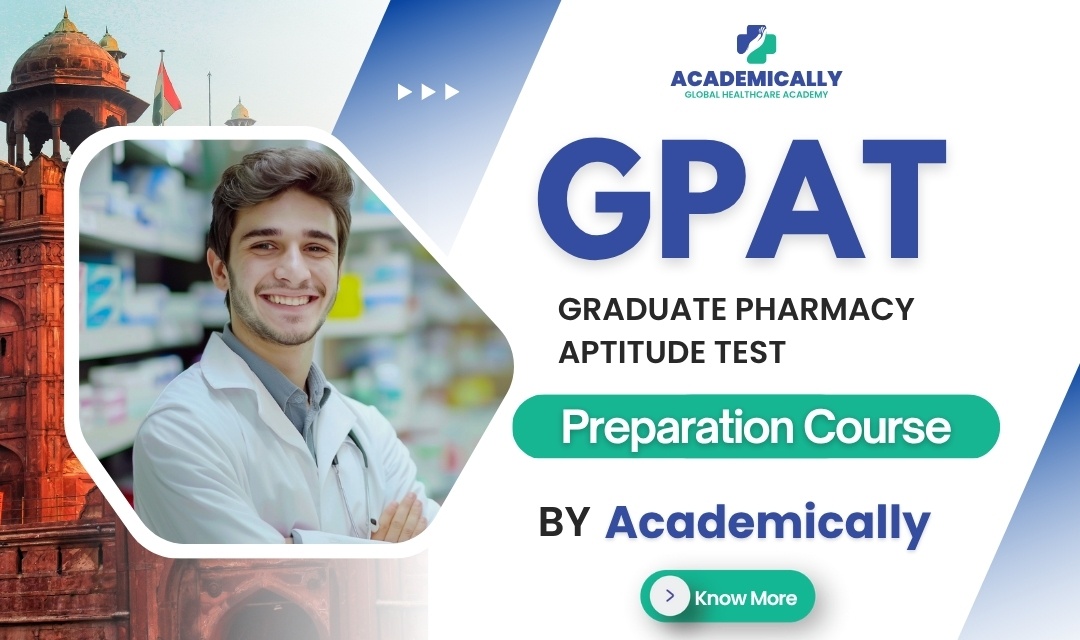
Building Your Smart GPAT Study Strategy (Not Just Timetables or Sticky Notes)
Every student has different strengths. You can be an expert in pharmaceutical sciences but struggle with Organic Chemistry. Or maybe you’re great at theory but freeze during MCQs.
So what do you do? You build a plan that works for YOU and not someone else on a random forum thread.
Here’s a 3-phase study blueprint to get you started:
| Phase | Timeline | What You Should Do |
| Phase 1 | Month 1–3 | Cover full syllabus. Focus on understanding, not mugging. Make hand-written notes. |
| Phase 2 | Month 4–5 | Start revision. Take topic-wise and full-length mock tests. Build test-taking stamina. |
| Phase 3 | Final 30 Days | Polish weak areas. Do daily full mocks. Analyze every single mistake. Do only smart revision. |
Must-Have Books for GPAT 2026 (Straight from the Topper Shelf)
Here’s the real deal — the books that actually help, not the ones recommended just to sell coaching kits.
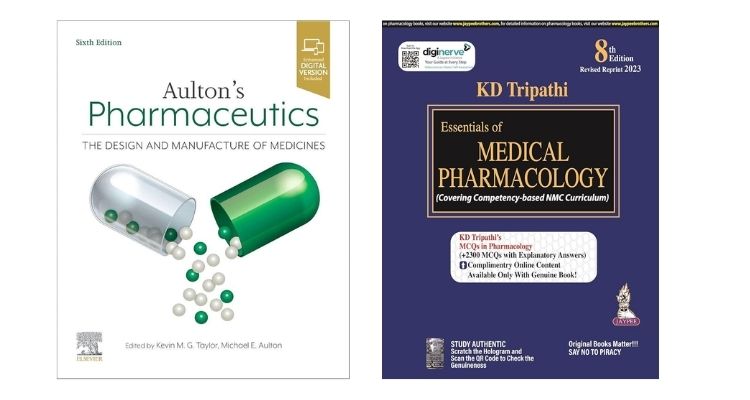
You don’t need 20 books. These 5 - 6 are more than enough if you study them well.
Food for thought:
“Should I take notes?”
YES. Not typing. Not highlighting. Writing by hand. It improves recall by over 40%, and your revision will be 3x faster.
Are you solving Mock Tests? Not yet?
Let us burst the bubble for you. If you’re not solving mock tests, you’re not preparing yet.
Here’s what most students do wrong:
They spend months reading, and then, in the last two weeks, they suddenly panic and start cramming for mock tests.
When Should You Start Mock Tests?
Start once you’ve completed at least 60–70% of the syllabus. That’s usually by the end of Month 2 or 3.
How to take the most benefit from Mock Tests?
- Don’t just solve, self assess.
After every mock, spend more time reviewing your errors than the time it took to solve the test.
- Maintain a “Mistake Log”.
Write down every silly mistake, every wrong concept, every question you guessed and fluked. You’ll start seeing patterns and that’s where the real improvement happens.
- Track Your Scores Weekly.
Are you improving? Stuck? If you’re not measuring, you’re not growing. Always keep a record of your scoring so that you kno what to work on.
Academically has a first-of-its-kind AI-based mock series called AcadPrep GPAT Mock Series. Enroll today and experience real-time scenario on what to expect on the exam day. Practicing mock tests regularly will give you confidence during exam day to solve questions at a go.
How to Master Time Management in the Actual GPAT Exam
You’ll have 180 minutes for 125 questions. Ensure utilising every minute wisely. So here’s a plan that works for most students who’ve cracked GPAT:
Time Split Strategy:
| Round | Time | What To Do |
| Round 1 | First 90 mins | Solve everything you’re 100% sure about. Don’t get stuck. Mark the rest. |
| Round 2 | Next 60 mins | Come back to marked questions. Now you’re warmed up, brain is sharp. |
| Round 3 | Final 30 mins | Tackle tough ones. Make educated guesses. Use elimination. Then review. |
Quick Tip: Trust your first instincts. Don’t change answers unless you’re absolutely sure your first choice was wrong.
Also Read: GPAT VS OPRA for Pharmacists
Common Mistakes GPAT Aspirants Make (So You Don’t)
Even brilliant students fall for these traps. Here’s a short list of avoidable blunders:
1. Focusing on Rare Topics Instead of Repeated Ones
Some students love solving obscure numerical problems. But GPAT also repeats familiar questions, especially from Pharmaceutics, Chemistry, and Pharmacology.
A strategic preparation approach is recommended for an exam like this.
2. Ignoring Pharmacognosy
“It’s only 10 questions, bro.” Yes, and that’s 40 marks. In a tight competition, that’s the difference between AIRs with a close call
3. Blind Guessing
GPAT penalises you for incorrect answers, hence say no to guessing. Guess only when you’ve ruled out two options.
4. Neglecting Mock Analysis
Solving a mock test and not reviewing it is like going to the gym, lifting weights, and never checking your form.
5. Last-Minute Book Buying
Stick to 5 to 6 books at most. Don’t hoard every “GPAT guide” Amazon recommended options.
What GPAT Toppers Did Differently (That You Can take Inspiration from)
Did you know… toppers do not study 15 hours a day, sacrificing their mental health? Yes, you heard it right. What they do differently is consistency and clarity.
Tip 1: They focused on strong basics early
Toppers generally do not touch MCQs for the first 2 months. They make sure they could explain every topic to a friend, like they were teaching it. Once you are clear on the concepts, solving MCQs became easier.”
Tip 2: They revisited difficult topics: 3 Times
Toppers don’t just revise once. They circle back multiple times, especially for low-confidence chapters. One student even created a “Fear Chart”, the more scared he felt about a topic, the more often he revised it. And guess what, he was more well-versed in exams.
Tip 3: They simulated the exam environment at home
Toppers solve question banks, attempt mocks like it was the final day. It builds confidence like nothing else.
Tip 4: They didn’t waste time on doubt-hunting
Too many students go down the rabbit hole of asking random doubts on forums. Toppers usually stick to one or two mentors or groups, solve it, and move on. Don’t let doubt-solving become a full-time job.
In the video below, Dr. Sonal, our programme manager speaks with our faculty member, Tanaya Singh Bhadoria who secured AIR 31 rank in GPAT. They have reveal the complete GPAT exam preparation 2025 strategy, including tips, tricks, and best books to help you ace the GPAT exam 2025.
Why Joining a Structured Course Helps (Even If You’re Self-Disciplined)
An exam of this gravity needs rigorous coaching for months. Where someone’s whole future is involved, a comprehensive coaching programme helps elevate the preparation greatly.
Our GPAT preparation course gives you:
- Clear path: What to study, when, and how- A clear roadmap
- AI-based mocks: Adapts to your performance and prepares you for exam day with latest questions
- Self paced session: You can literally hear our experts explain topics while on the go without worrying about missing any session
- Community support: You’re not doing this alone. We have a discord community of mentors, toppers and other students who have gone down the same path.
What Happens After You Crack GPAT?
If you thought the GPAT result was the final step, think again. It’s just the beginning.
Here’s what comes next:
1. You Qualify for MPharm Admissions
The GPAT score is accepted at hundreds of top pharmacy institutes, including NIPERs, ICT Mumbai, BITS Pilani, and more.
2. You Get AICTE Scholarship
Qualified students receive a monthly stipend of ₹12,400 during their MPharm programme. That’s ₹1.5+ lakhs over 2 years, incredibly helpful for tuition and living expenses.
3. You’re Eligible for NIPER JEE
Most NIPERs require a GPAT score. So cracking GPAT opens the door to another elite entrance and eventually, research, PhDs, and regulatory careers.
4. Pharma Careers Await
Whether it’s R&D, clinical trials, regulatory affairs, or QA/QC, a good MPharm from a reputed college can launch your pharma journey.
Academically has everything you need to ace the GPAT exam- you can predict your GPAT rank with our rank predictor tool, see what colleges you can get admission into with our college predictor tool. Our free tools are specially designed keeping in mind student’s needs before and after the exam, helping them form their dream career in pharmacy.
Speak to our expert team for more information. We wish you all the best for GPAT 2026.
